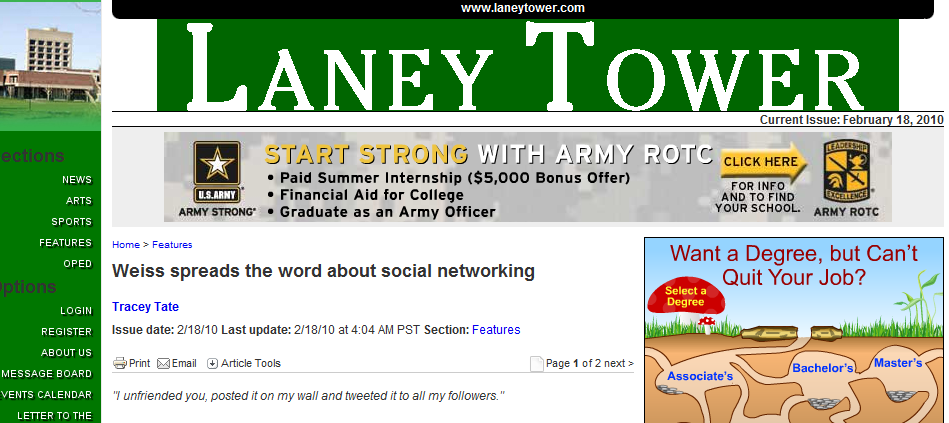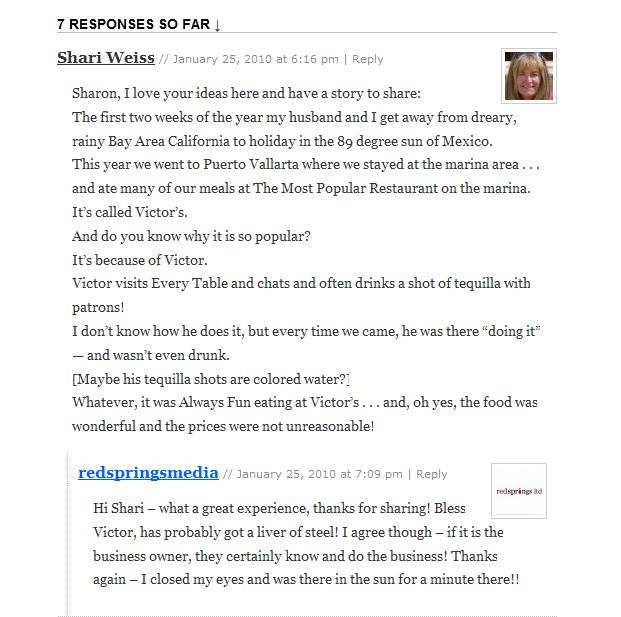Justice Marshall aka @SocialNature on Twitter believes that relationships are the foundation of business and happiness, and that makes lots of sense as Justice and I are Tweeting one another — learning from one another — and supporting one another.
When Justice recently Tweeted about a conference he’d attended about the Art of Sales in response to one of my Tweets on the Art of Marketing, I asked him to Guest Post his findings.
Voila . . .
There are no bathrooms in New York:
What I Learned at Art of Sales, Vancouver BC 2009
 When Shari asked me to write a guest post on What I Learned at Art of Sales in Vancouver BC, 2009 http://www.theartofproductions.com/events-salesVancouver09.html it naturally made me ask myself “What DID I learn?”
When Shari asked me to write a guest post on What I Learned at Art of Sales in Vancouver BC, 2009 http://www.theartofproductions.com/events-salesVancouver09.html it naturally made me ask myself “What DID I learn?”
I don’t generally take notes at these sorts of events (not my learning style) so I have to look inside my brain to see what stuck. And as I look inside, I notice an internal distinction between what I learned… and what I enjoyed.
I certainly enjoyed all four of the presenters. And interestingly, the speaker that I learned the most from was also the least interesting in terms of presenting style. He sat at the side of the stage and basically gave a slideshow. But his slideshow rocked. Max Lenderman — http://www.experiencethemessage.com/ — taught me something new about experiential branding, with visual examples and stories from all over the world.
Dipping their toes in
Along the way, I also get to learn about and influence their strategic planning process. In his presentation, Max showed me —
How some companies are creating remarkable branded experiences in real life that can be extended and deepened through digital mediums like social media.
His most striking examples were pop-up stores and unusual branded installations like the Charmin public restrooms in Times Square.
- http://www.exhibitoronline.com/corpevent/fall07/awards3_307.asp
- http://www.youtube.com/watch?v=JjrdtkXxWB8
Smart brands worldwide are creating events and contributing and participating in the lives of people in ways that are way more far-reaching than being just about the features and benefits of any particular product.
- How can my clients bridge the gap between real-life and social media in a meaningful way?
- How can we create deeper branded experiences, drawing people into something that is valuable, compelling and worth sharing?
So – What did I learn?
















